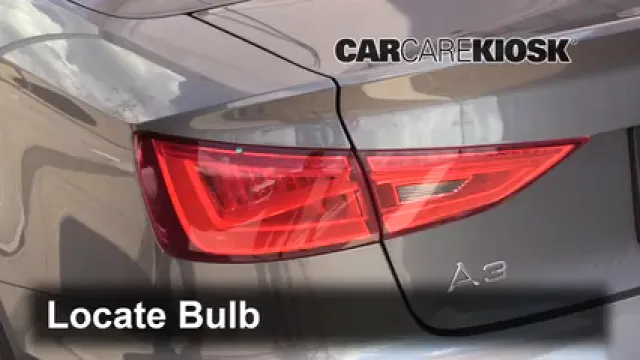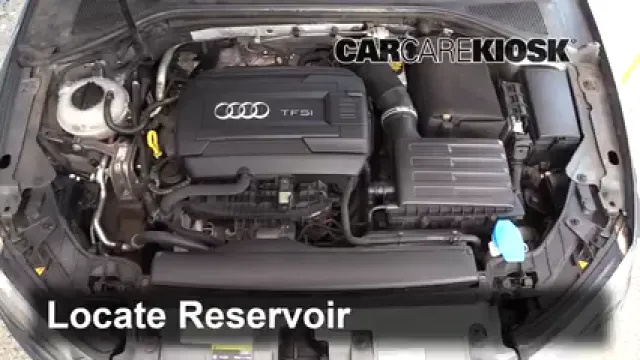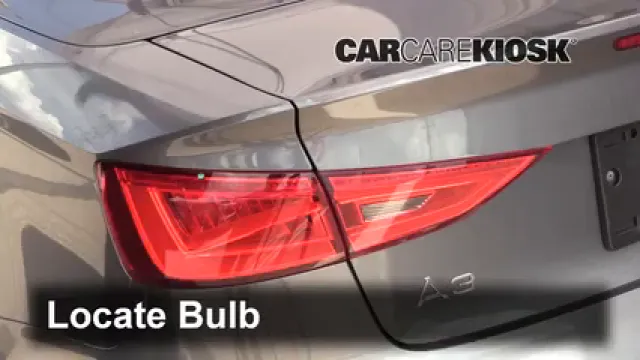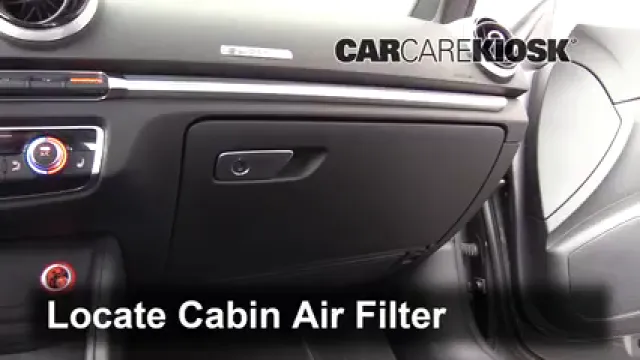Video de revisión del consumidor - 2015 Audi A3 Quattro Premium 2.0L 4 Cyl. Turbo Convertible
Problemas comunes y reparaciones fáciles en un A3 Quattro 2015
The 2015 Audi A3 Quattro Premium is difficult to maintain. Many of the headlights will require the entire front housing to be removed for access to their bulbs, which will also require the removal of the wheel well lining and the bumper and won’t make for reliable changes. Replacing the wiper blades is a hassle, as you must engage them into their service position to do so. Fixing a flat tire could be a problem if your tire is too damaged for the compressor kit to be effective.
However, the 2015 Audi A3 Quattro Premium has its upsides. The front turn signal can be accessed without a housing removal, which will make for a reliable bulb replacement. Monitoring the engine coolant fluid level won’t be a problem thanks to the unobstructed access to the reservoir. Both fuse boxes are relatively easy to reach, and one conveniently includes a fuse puller.
Autor
Hans Angermeier ha producido más de 100,000 videos que muestran a los conductores cómo arreglar cosas en sus autos. Tiene una amplia experiencia en procedimientos básicos de reparación que cubren la mayoría de los automóviles en la carretera.











